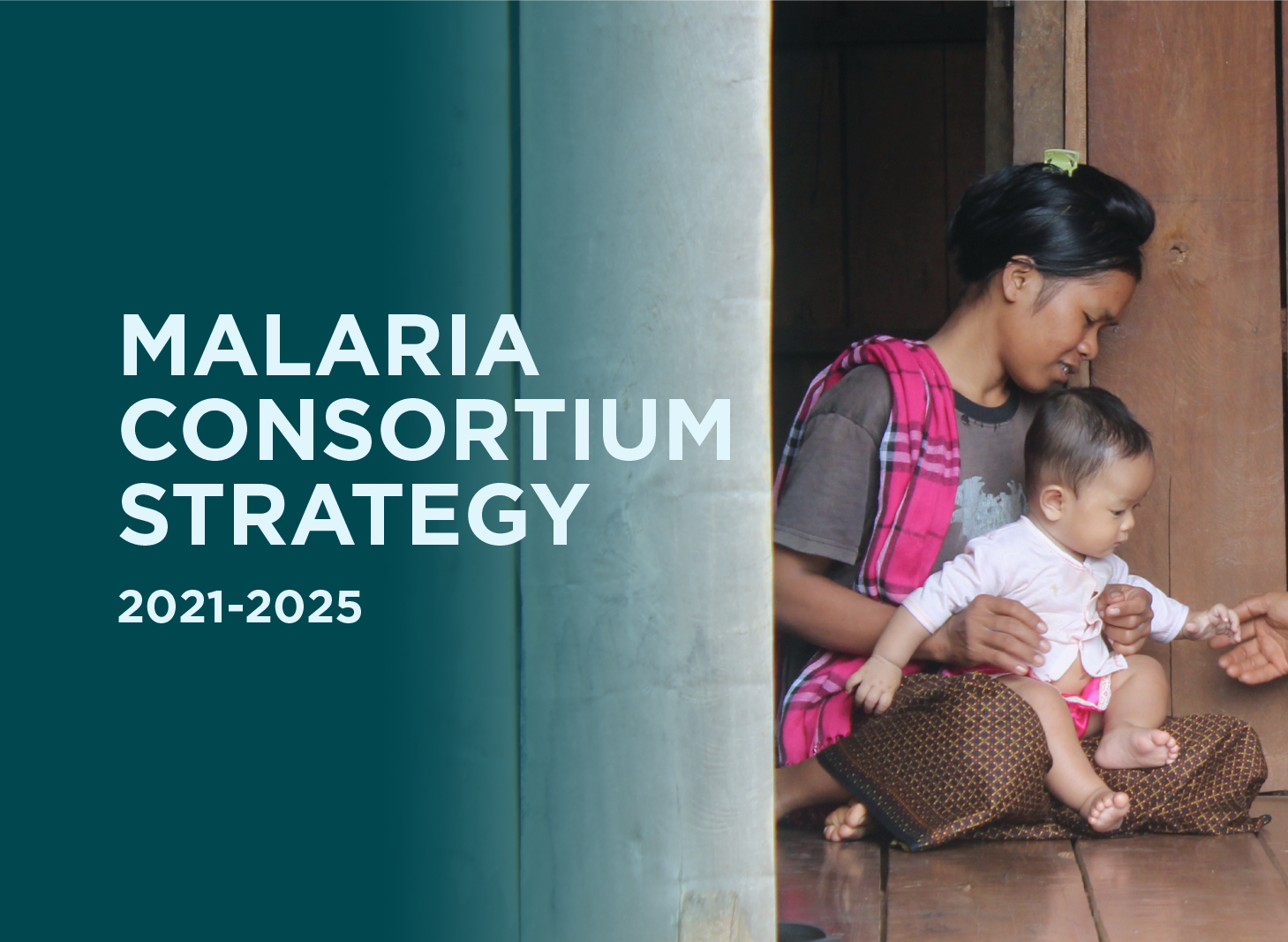Diarrhoeal diseases are a leading killer of children under five, causing over half a million child deaths each year worldwide. They are caused by drinking or eating contaminated water or food or as a result of poor hygiene and sanitation practices. As a result, are most prevalent in areas where people struggle to find safe drinking water for drinking, cooking and where sanitation is poor or non-existent.
Untreated diarrhoeal episodes can cause severe dehydration and electrolyte imbalance (loss of essential minerals from the body) resulting in death. Diarrhoea is also a major contributor to malnutrition in young children.
There are three types of diarrhoea:
- Acute watery diarrhoea, which can last for several hours or days and includes cholera
- Acute bloody diarrhoea, which is also known as dysentery
- Persistent diarrhoea, which lasts 14 days or more dysentery
Treatment and prevention
Treatment, when available, is simple and effective. Given that they are mainly caused by a virus, most diarrhoeal disease do not require antibiotics. The taking of oral rehydration salts is one of the most effective ways of ensuring they pass without causing lasting or fatal complications. Zinc has also been shown to reduce both the duration and number of diarrhoeal episodes.
Other interventions that can also reduce these preventable deaths include exclusive breastfeeding for babies until six months old, clean drinking water, and vaccines.
Improving personal hygiene by hand washing with soap can dramatically reduce the rates of diarrhoea and pneumonia, which together are responsible for 29 percent of child deaths globally. Regular hand washing can also reduce the risks of disease outbreaks, which pose a major threat to progress towards achieving the Global Goals for Sustainable Development.
Making communities aware of the effectiveness of hand washing is a key strategy that can guarantee real progress in combating the burden of diarrhoeal diseases.
Global attention
The World Health Organization together with UNICEF has developed The Integrated Global Action Plan for the Prevention and Control of Pneumonia and Diarrhoea (GAPPD), which can be accessed here. The goal is to see a drop in deaths from diarrhoea to less than one per 1,000 live births and from pneumonia to fewer than three children per 1,000 live births by 2025.
